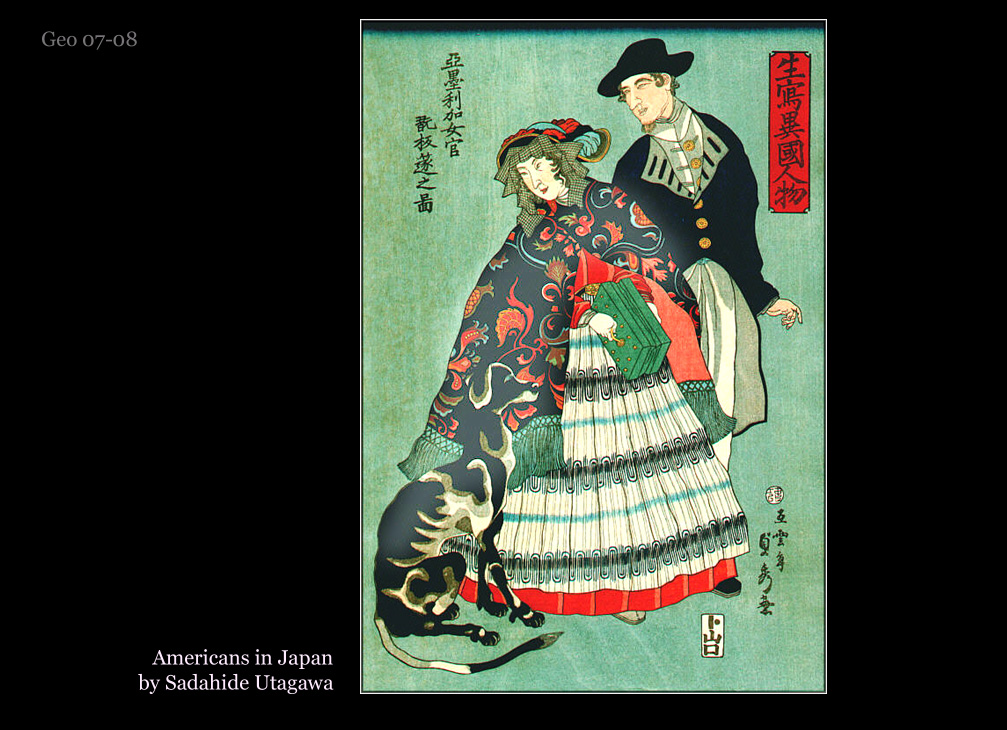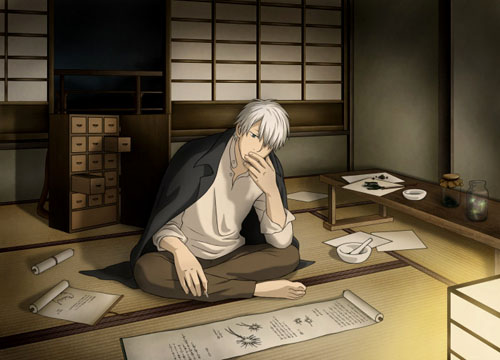I just got back yesterday from Phoenix, AZ. After drinking in gorgeous mountain views and driving through thirsty deserts, we spent many afternoons indoors, sipping iced tea and avoiding the 115 degree heat. Earlier last week, we went to the Heard museum downtown.
Now, I am no expert on Native American culture, religion, or history. I ‘ve learned much over the years, but have not spent the amount of time on it that I have on Japan or Asian cultures. I was really impressed with the Heard museum and the excellent displays there. Everything from the Hopi pots to the Kachina dolls, even the Innuit paintings was presented so well. What also was fascinating was that much of the art was 20th century and forward, as if the Heard was perpetuating the culture of the groups represented into the future. It did not feel old or stale.
Above all, the Kachina dolls grabbed and held my attention. They are so colorful, bright, and varied. What really started some gears turning in my mind was the definition of Kachina (Qatsina) themselves. Kachina are essentially akin to Japanese concept of Kami or Ainu Kamui. They represent anything spiritual, phenomenal, auspicious, or greater than human. In the same way that a Shinto shrine may be a roped-off tree because of the spirit in that tree, a Kachina may be a mountain or a spirit of the harvest, etc.
More than this, I was struck by how similar some of the Kachina, especially the blue kind with black markings on the masks looked like the Anma of early Heian court dances (仁明天皇, 810-805 AD).


Now, according to this excellent site, during the offeratory dances of Anma, Soriko, (and Kotokuraku) the dancers wearing the offeratory masks (Zokumen) represented various deities, including the god of Fishing and wealth, Yebisu. A dancer would don a mask like this, wear the proper laquer hat, and would perform ceremonies (For instance, April 1 in Tennoji, Osaka) to embody a particular spirit, asking for blessing on a harvest, brewing of sake, etc. According to Jaanus, the Anma dance begins and event, and can be traced back to Indian ground breaking ceremonies. It can be traced back through the Nihonshoki, that the 6th-7th century Gigaku dances came to Japan via a Korean dancer named Mimashi, who got these dances from China after traveling there.
I cannot prove any links between Kachina dancers and the Anma or other Gigaku/Bugaku dancers, but the images look so strikingly similar that this would make a great project to compare what we know about these cultures.



